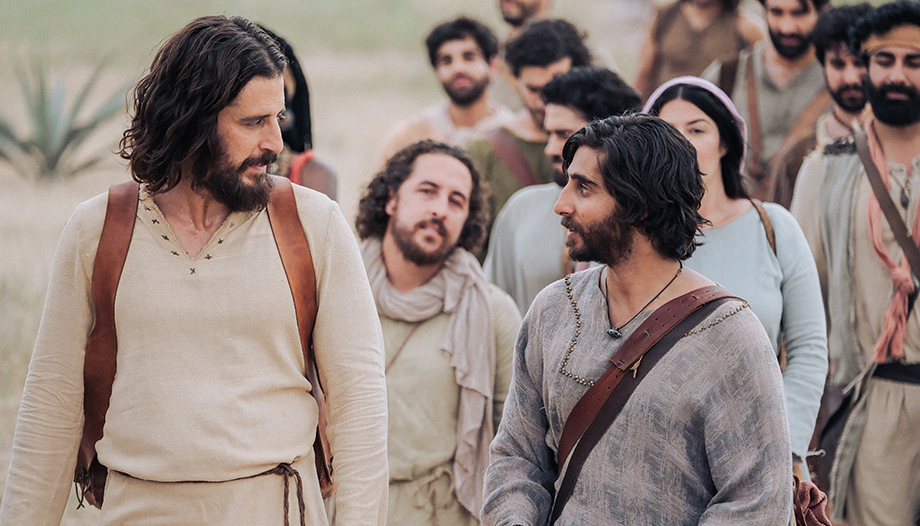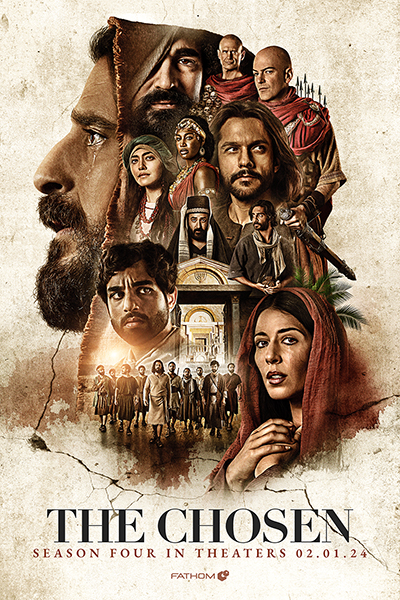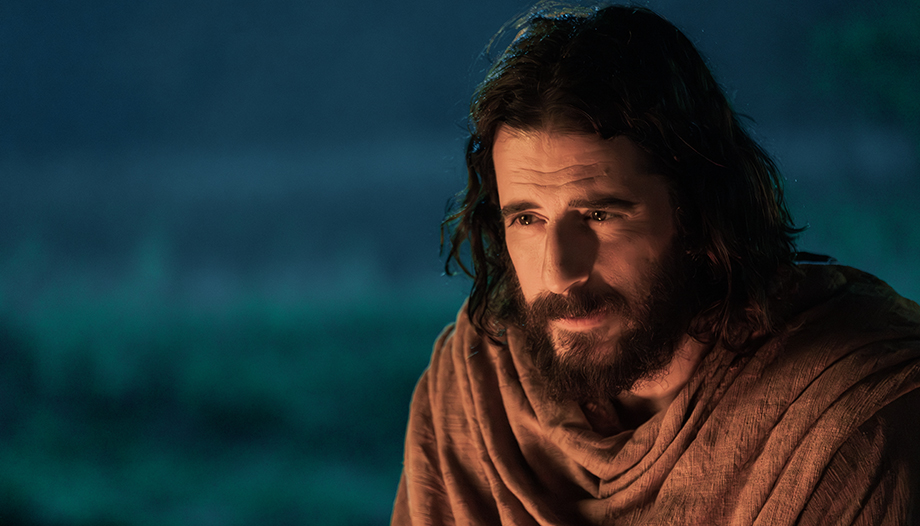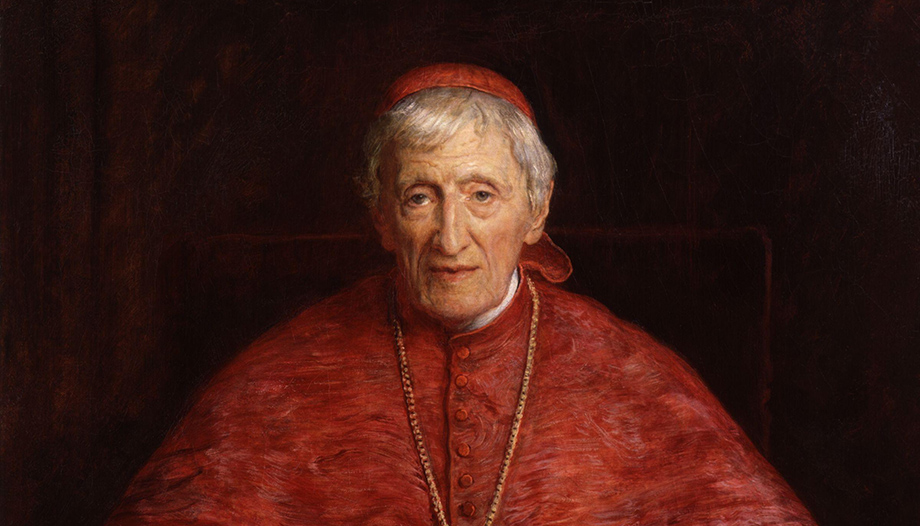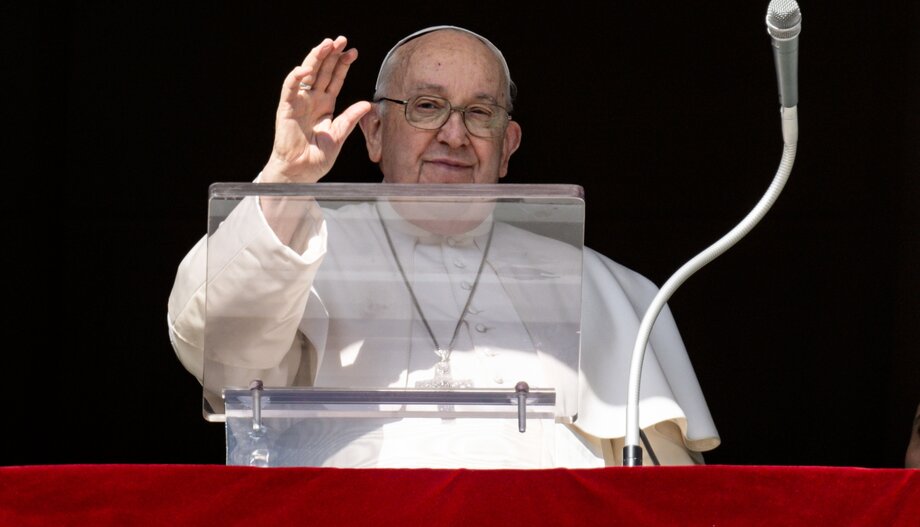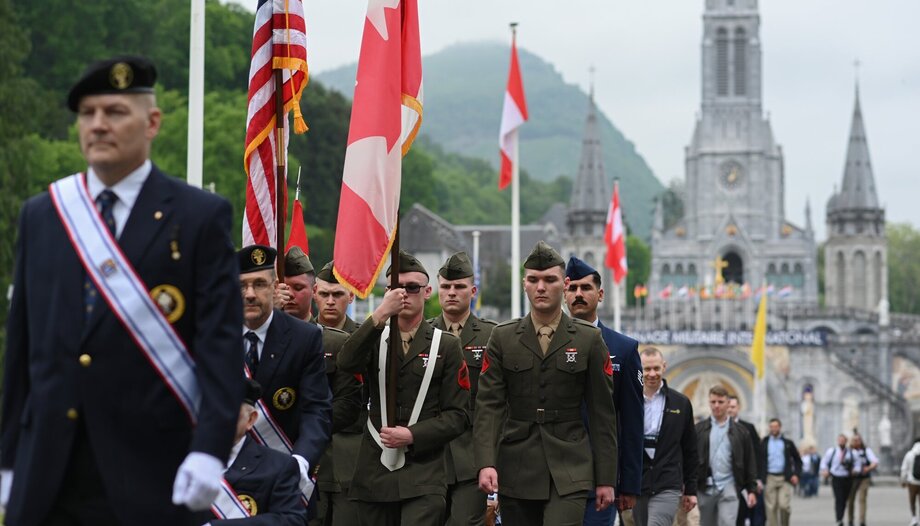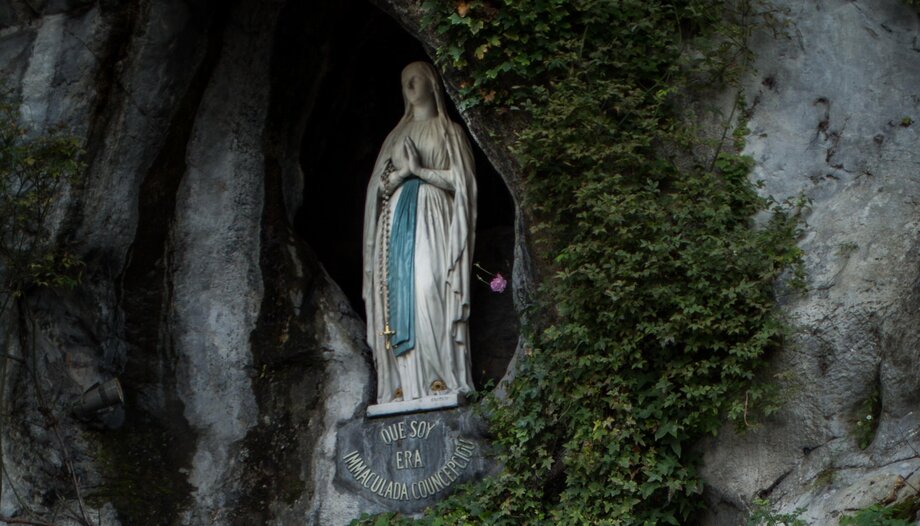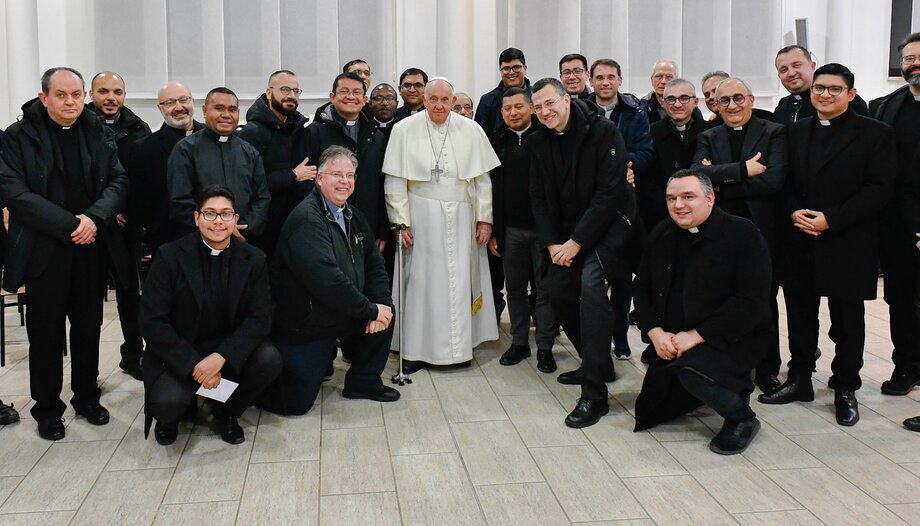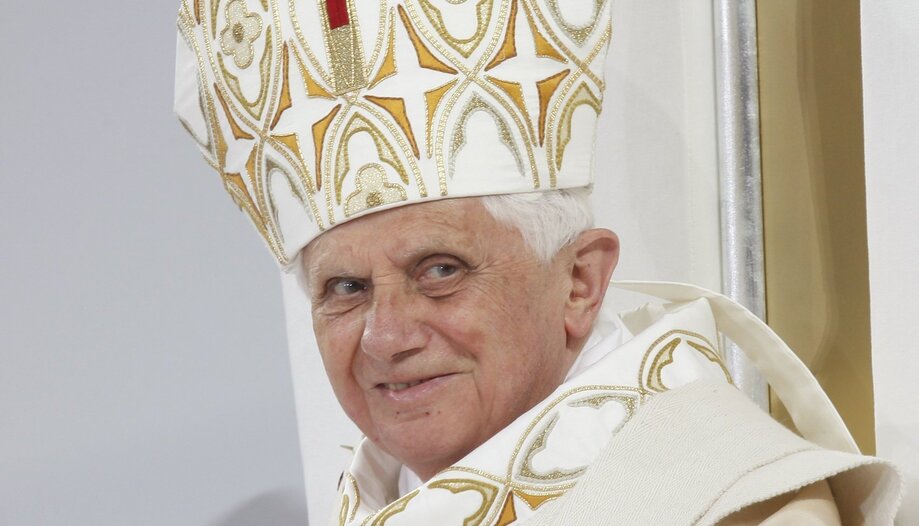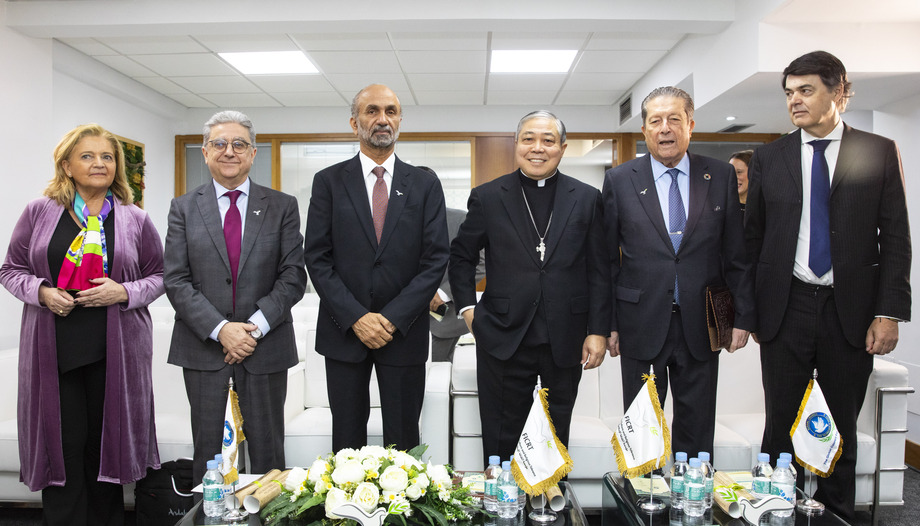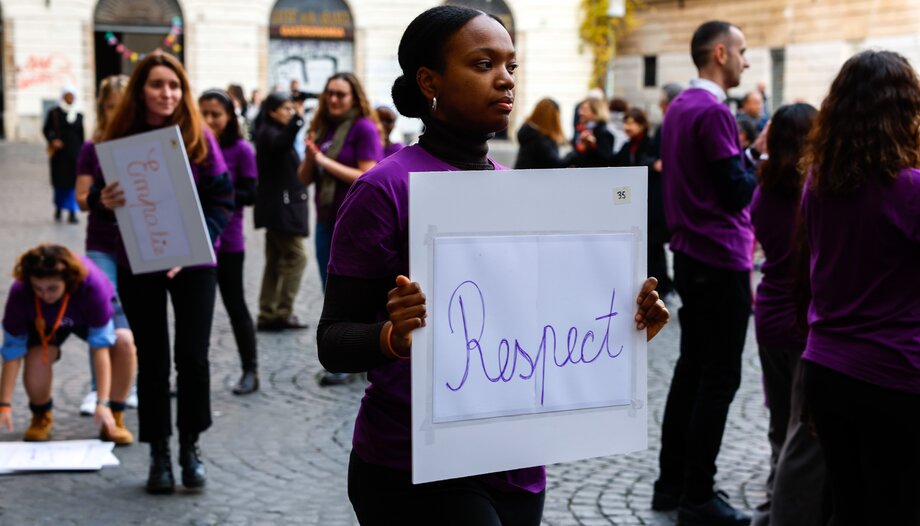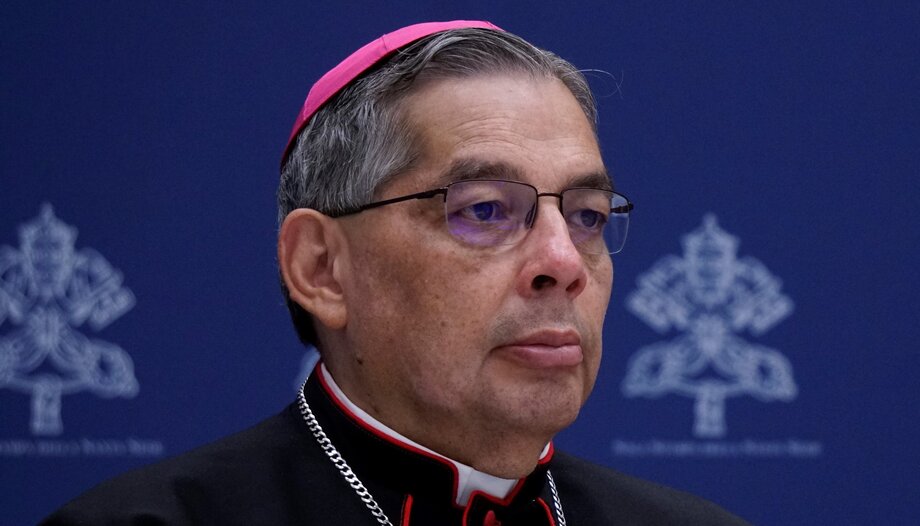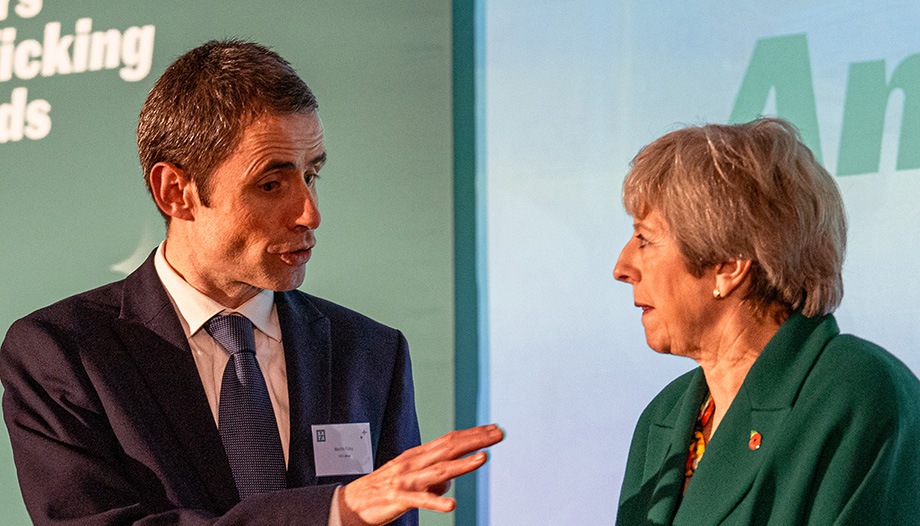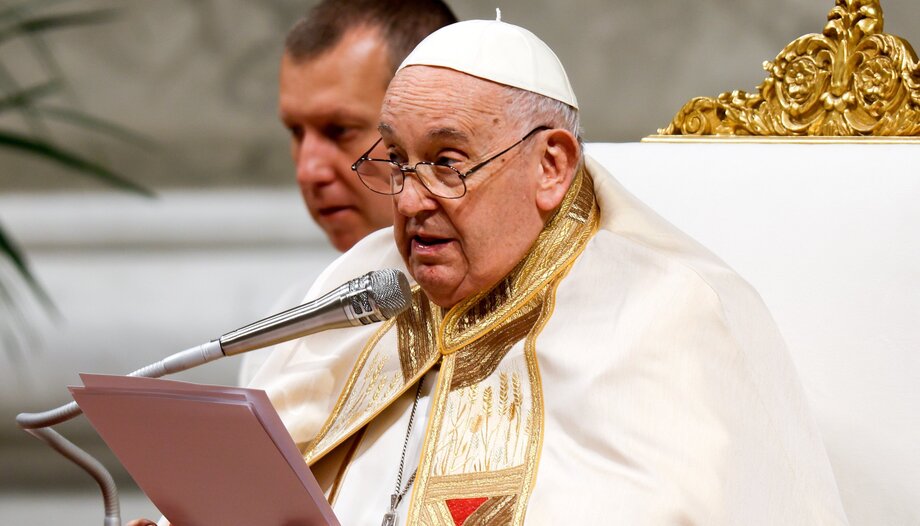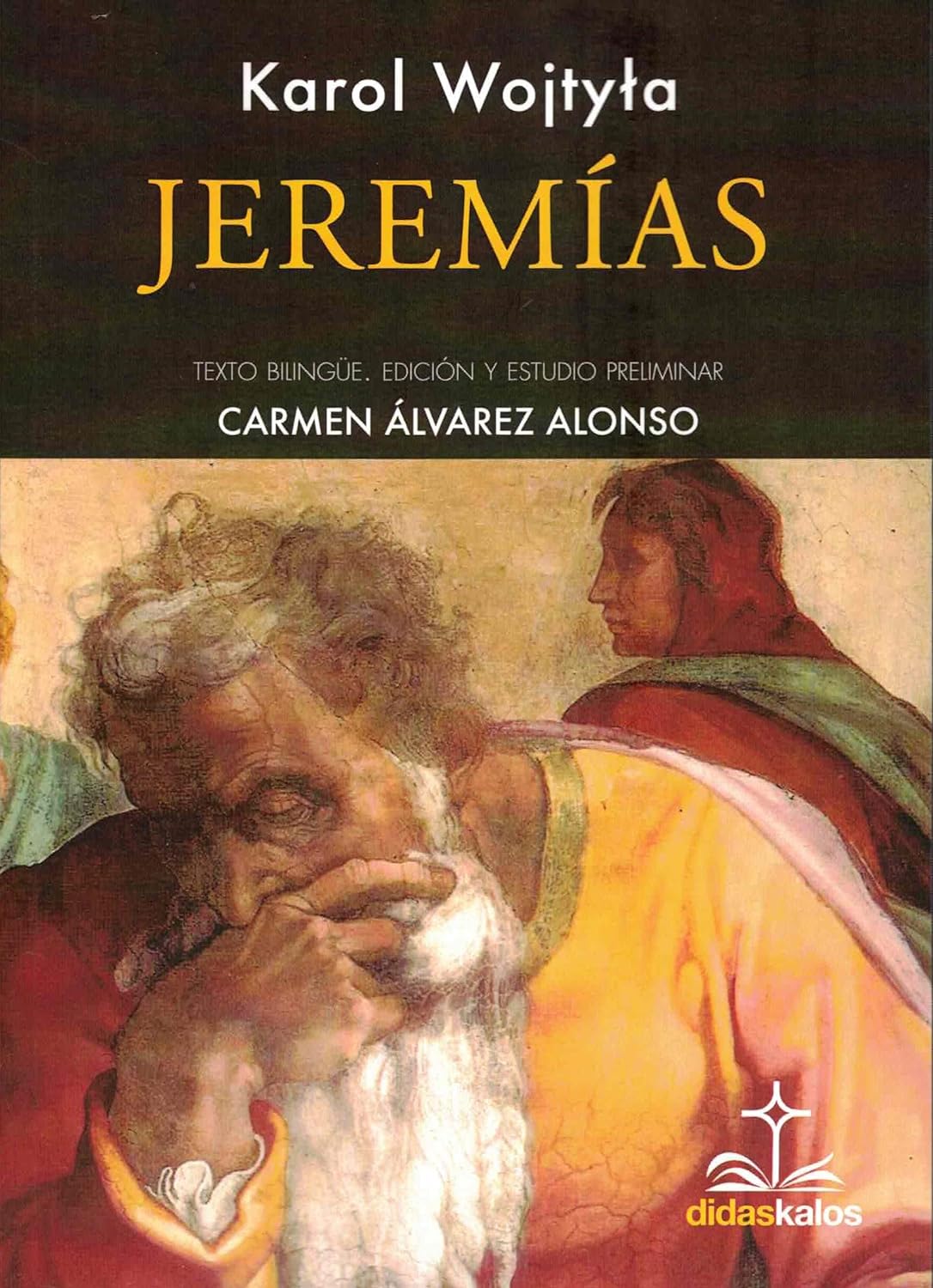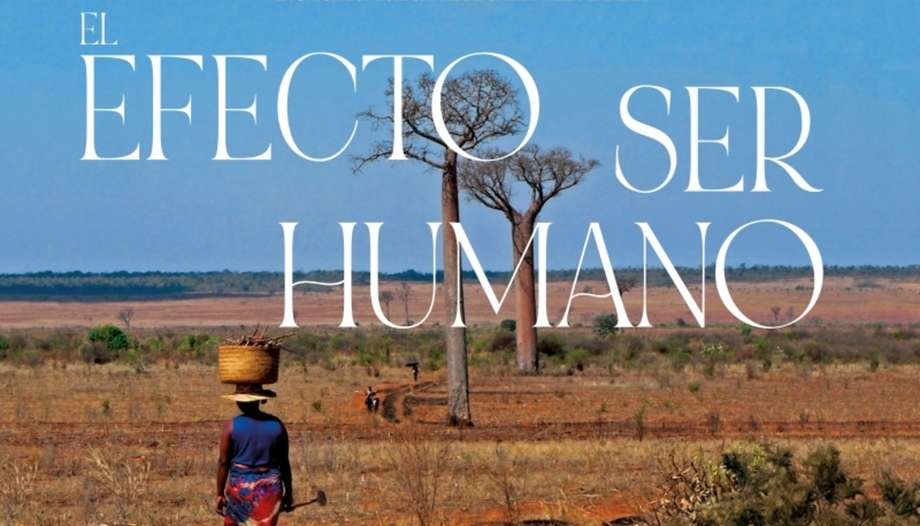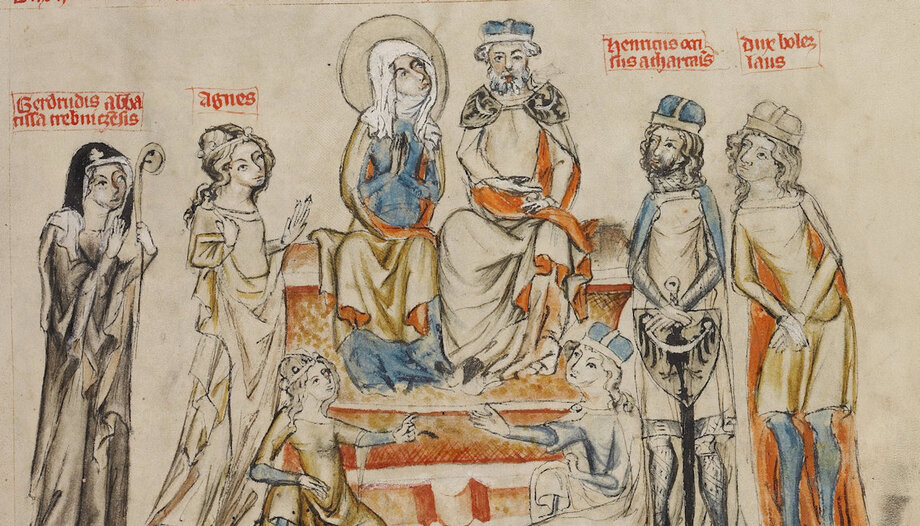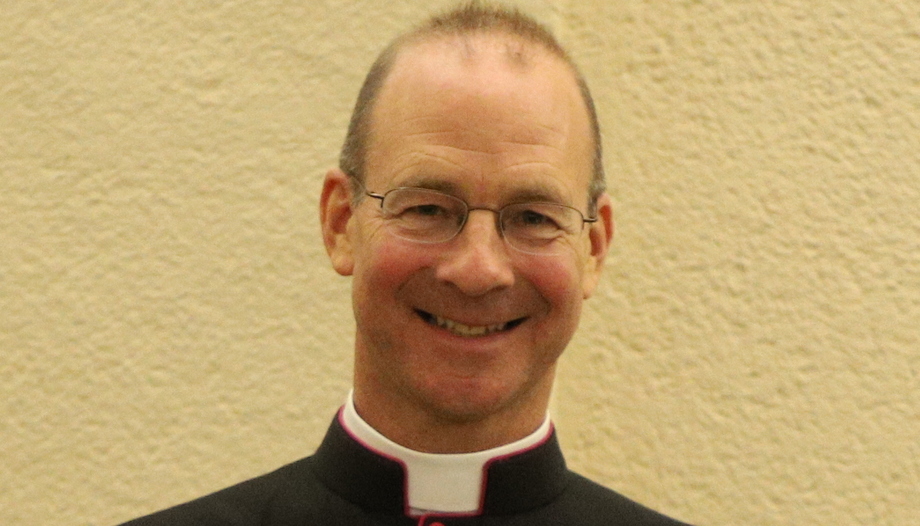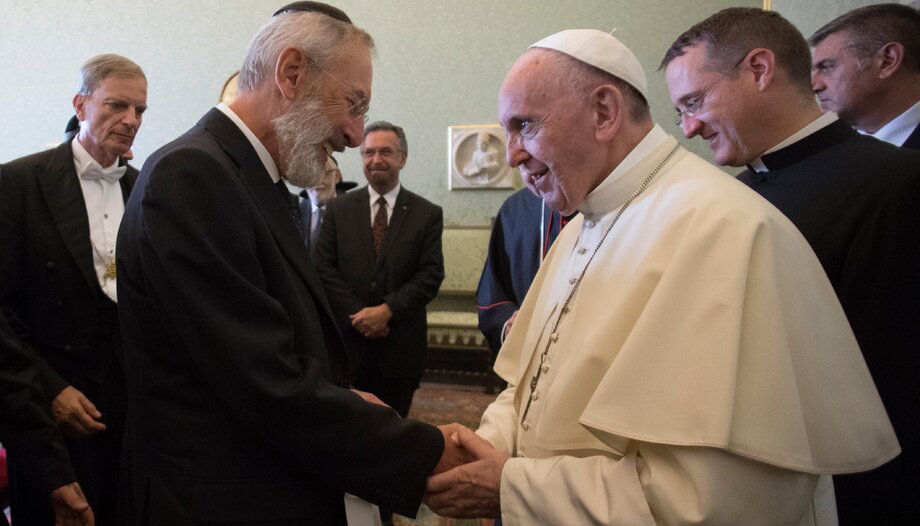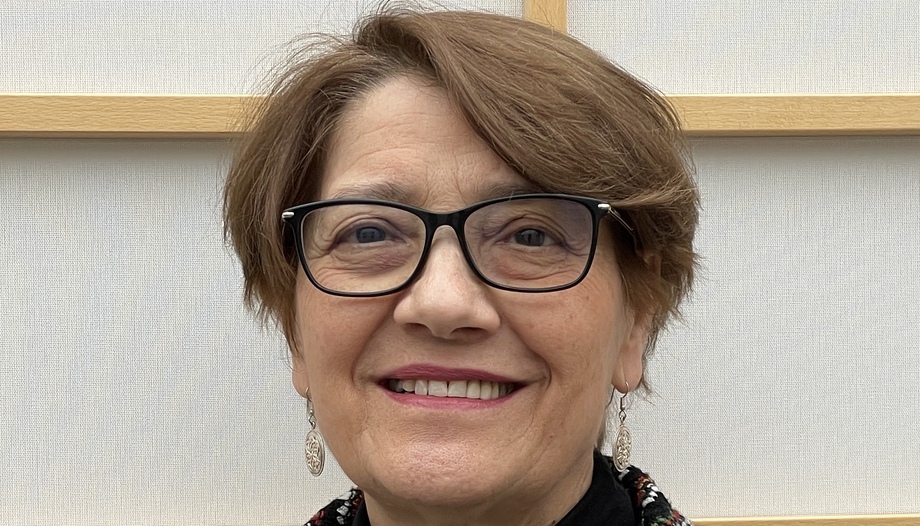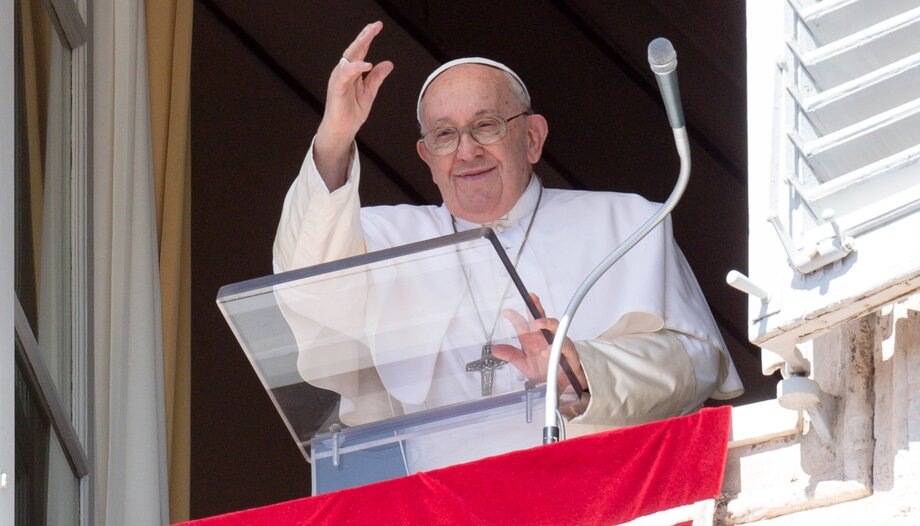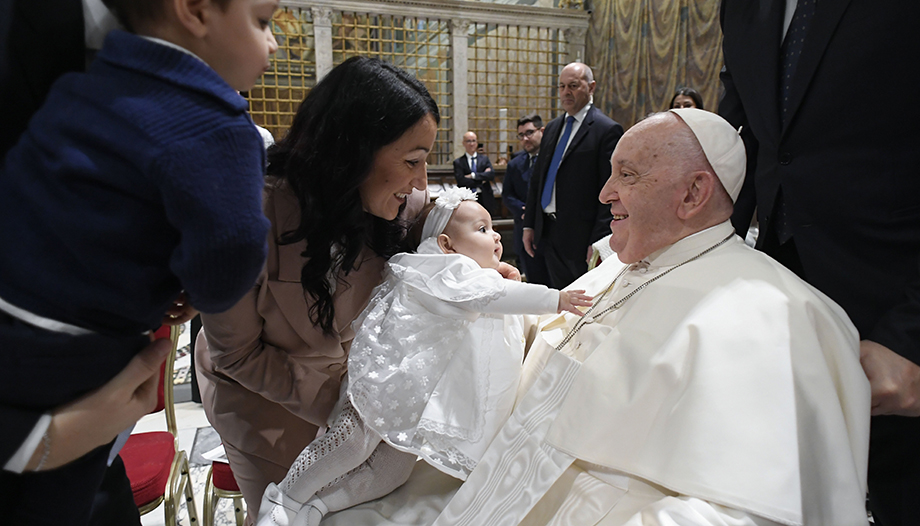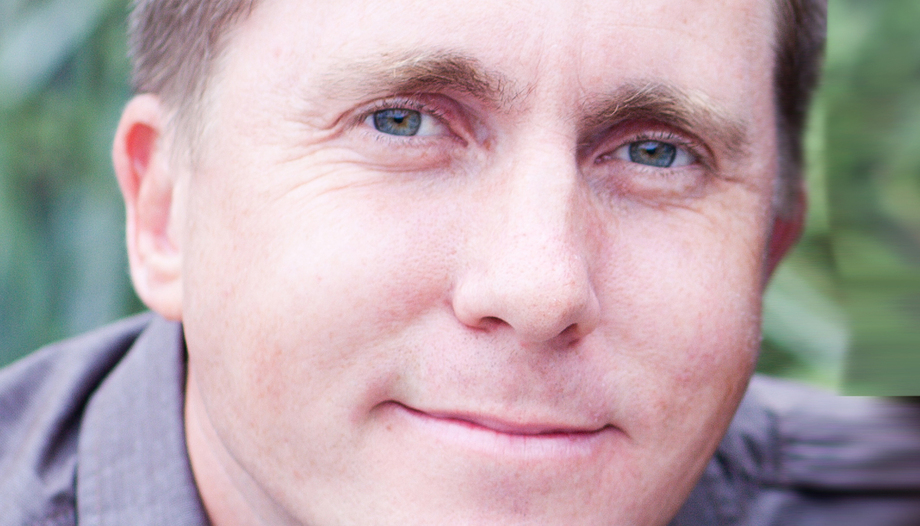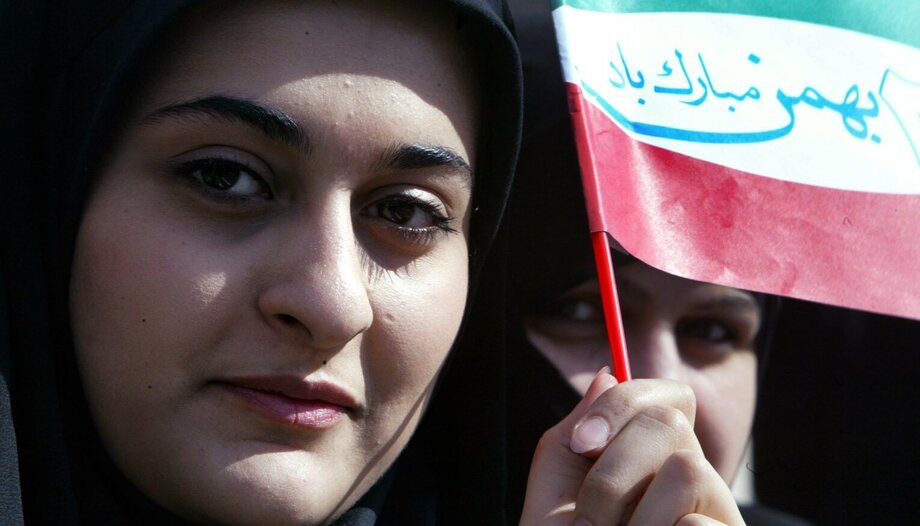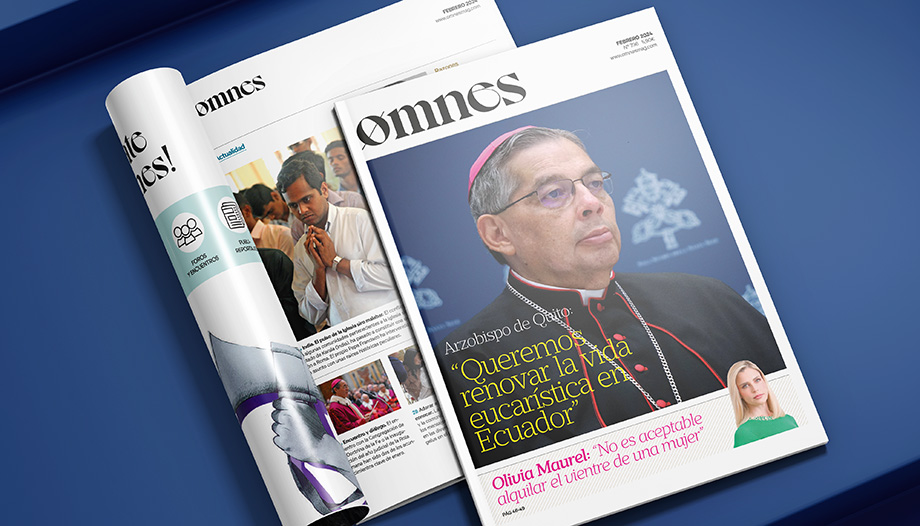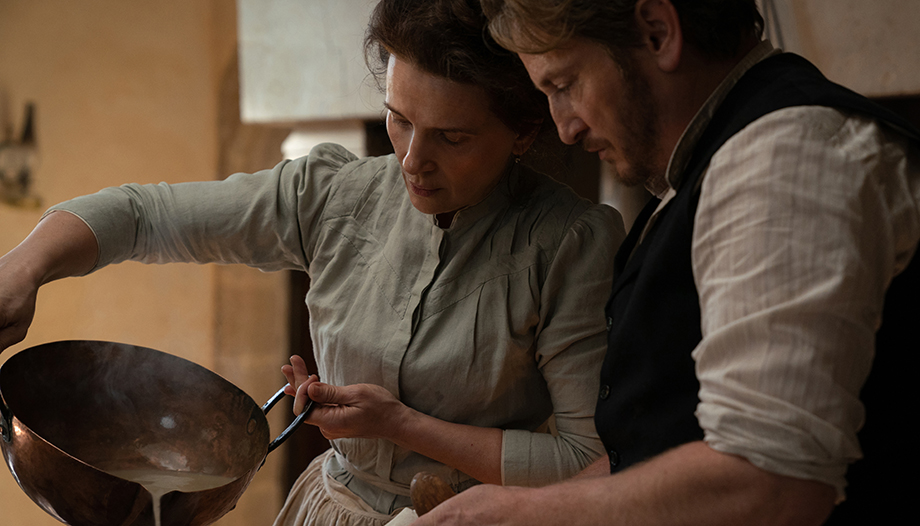The Dicastery for the Doctrine of the Faith published last February 2 the Note Gestis verbisque on the validity of the Sacraments.
The Note was motivated by the growing number of queries addressed to the Dicastery on the validity of certain sacramental celebrations, to which it had to respond with regret, noting their invalidity (cf. Presentation).
The Note aims to "assist Bishops in their task as promoters and guardians of the liturgical life of the particular Churches entrusted to them" by offering "some elements of a doctrinal nature on the discernment of the validity of the celebration of the Sacraments, paying attention also to some disciplinary and pastoral aspects" (n. 4).
The doctrinal part develops three specific themes of sacramental theology: I. The Church is realized and expressed in the Sacraments; II. The Church guards and is guarded by the Sacraments; and III. The liturgical presidency and the art of celebrating.
Some images taken from Sacred Scripture channel the reflection: the image of the Church as the bride and body of Christ and that of Christ as the head of the Church.
At the end of each theme, some disciplinary and pastoral consequences are indicated in harmony with the doctrine presented.
Sacramental nature of the Church
The first theme shows the sacramental nature of the Church. The Note begins by pointing out that the Church is born of the Sacraments. The quotation from St. Augustine is eloquent: "Adam sleeps so that Eve may be formed; Christ dies so that the Church may be formed. From the side of Adam Eve is formed; from the side of Christ who died on the cross, wounded by the lance, spring the Sacraments by which the Church is formed" (n. 6: St. Augustine, In Johannis Evangelium tractatus 9, 10).
The Church, therefore, is the universal Sacrament of salvation (cf. n. 7) because Christ has founded her through the institution of the Sacraments. Returning to the comparison between the birth of Eve and the Church, we can add that, just as God fashioned the first man from the dust of the earth, who became a living being when he received the breath of life (cf. Gen 2:7), so too the Church was fashioned through Christ's institution of every Sacrament, and who began to live on the day of Pentecost with the sending of the Holy Spirit.
The Sacraments, however, are not something of the past, but are celebrated by the Church throughout history until the end of time. And since Christ has taken the Church as his bride, as Adam took Eve as his wife, the two form one body.
In every sacramental celebration not only the Church celebrates, but Christ is also present, "so that when someone baptizes, it is Christ who baptizes" (Conc. Ecum. Ecum. Vat. II, Const. lit. Sacrosanctum Concilium, n. 22).
It is thus understood that the Church, in the sacramental liturgy, realizes and manifests what she is: "sign and instrument of intimate union with God and of the unity of the whole human race" (n. 7: Conc. Ecum. Vat. Vat. II, Dog. Const. Lumen gentium, n. 1).
Starting from this permanent divine origin of the Church, the Note concludes the first point by noting that the "interventions of the Magisterium in sacramental matters have always been motivated by a fundamental concern for fidelity to the celebrated mystery. The Church, in fact, has the duty to ensure the priority of God's action and to safeguard the unity of the Body of Christ in those actions which have no equal because they are sacred 'par excellence' with an efficacy guaranteed by the priestly action of Christ" (n. 10).
The Church as Custodian of the Sacraments
The doctrinal reflection continues with the theme The Church is the guardian and custodian of the Sacraments.. To understand its content, it should be remembered that the Church did not become explicitly aware of the sacramental septenary until the twelfth century.
The Magisterium began to teach it in the 13th century, and the Council of Trent, faced with the crisis of the Protestant Reform, which denied the divine origin of the seven Sacraments, defined the institution of each of the seven Sacraments by Christ as a dogma of faith. In addition, over the centuries, some gestures and material elements that were considered necessary for the valid celebration of some Sacraments were modified.
All this raises the question about the power of the Church to determine the number of Sacraments and the sacramental sign of each of them. The answer can be considered as the most original reflection of the Note.
The Dicastery makes it clear that the Church's power is not arbitrary because she must be the faithful spouse of her spouse, Christ, who instituted them. To justify what has happened over the centuries, the Note maintains that the power the Church can exercise over the Sacraments is analogous to that which she possesses with regard to Sacred Scripture. "In the latter, the Church recognizes the Word of God, put in writing under the inspiration of the Holy Spirit, establishing the canon of the sacred books. At the same time, however, she submits herself to this Word, which she 'hears with piety, keeps with exactitude and expounds with fidelity' (Conc. Ecum. Vat. II, Const. dog. Dei Verbum, n. 10). In the same way the Church, assisted by the Holy Spirit, recognizes the sacred signs through which Christ bestows the grace that flows from Easter, determining their number and indicating, for each of them, the essential elements" (n. 11).
Regarding the determination of the sacramental sign, the Note adds that the Church "knows in particular that her potestas The Sacraments are not to be considered as a whole (cf. Conc. of Trent), Session XXI2). Just as in preaching the Church must always faithfully proclaim the Gospel of the dead and risen Christ, so in sacramental acts she must preserve the saving acts entrusted to her by Jesus" (n. 11).
It also recognizes that "the Church has not always indicated unequivocally the gestures and words in which this substance consists.... divinitus instituta. In any case, for all the Sacraments those elements appear to be fundamental that the Magisterium of the Church, in listening to the sensus fidei of the People of God and in dialogue with theology, has called matter and form, to which is added the intention of the minister" (n. 12).
Conditions for the sacramental celebration to be valid
The following are the conditions for the sacramental celebration to be valid.
In the first place, what the Church has determined about the matter (gestures and use of material elements) and the form (words) of each Sacrament must be respected. It is specified that the Church has not determined them by pure caprice or arbitrariness but, safeguarding the substance of the Sacraments, has indicated them with authority, rooted in Tradition and in docility to the action of the Holy Spirit in order to better express the grace conferred by the Sacrament (nn. 12-16).
Secondly, it is necessary that the minister have "the intention to do at least what the Church does" (n. 17: Conc. of Trent, Decretum of Sacramentiscan. 11).
It also underlines the intrinsic unity between the three elements, which "are integrated in the sacramental action in such a way that the intention becomes the unifying principle of matter and form, making them a sacred sign by which grace is conferred. ex opere operato" (n. 18).
Therefore, the sacramental sign manifests the intention of the minister, and "the serious modification of the essential elements also introduces doubt as to the real intention of the minister, thus affecting the validity of the Sacrament celebrated" (n. 19).
The theme ends with a brief reference to the integration of the sacramental sign in the celebration of the entire sacramental liturgy, noting that it is "not a ornatus It is neither the ceremonial aspect of the Sacraments, nor a didactic introduction to the reality that is being fulfilled, but is in its entirety the event in which the personal and communal encounter between God and us, in Christ and in the Holy Spirit, takes place" (n. 20).
Variety of sacramental liturgical rites
The liturgy "allows for the variety that preserves the Church from 'rigid uniformity'" (n. 21). For this reason the Church welcomes within her bosom a great variety of sacramental liturgical rites, and the rites themselves provide for possible accommodations of the celebration according to circumstances.
The liturgy is the action of the Church, and so that this variety does not harm unity, the Note recalls "that, apart from the cases expressly indicated in the liturgical books, "the regulation of the sacred Liturgy is the exclusive competence of the Church's authority" (Conc. Ecum. Ecum. Vat. II, Const. lit. Sacrosanctum Concilium(n. 22), which resides, as the case may be, in the bishop, in the territorial episcopal assembly, or in the Apostolic See" (n. 22).
The final conclusion of this second theme is that "changing the celebratory form of a Sacrament on one's own initiative does not constitute a simple liturgical abuse, as a transgression of a positive norm, but an injury inflicted at the same time on ecclesial communion and on the recognition of Christ's action, which in the most serious cases renders the Sacrament itself invalid, because the nature of ministerial action demands that what has been received be faithfully transmitted (cf. 1Co 15:3)" (n. 22: Congregation for the Doctrine of the Faith, Doctrinal note on the modification of the sacramental formula of Baptism, 8).
The third theme, entitled The liturgical presidency and the art of celebrationThe focus is on the figure of the minister, who is celebrating in persona Christi Capitis and in nomine Ecclesiae (cf. n. 23). The note specifies that to celebrate in persona Christi Capitis does not confer on the minister a power to exercise arbitrarily during the celebration. Celebrate in persona Christi Capitis means that the true celebrant is Christ (cf. n. 24). If we keep to scholastic theology, we would say that the principal agent is Christ and the minister is an instrumental agent. Thus it is understandable that the Note continues to teach that the power of the minister is a diakonia (cf. n. 24).
The minister also celebrates in the name of the Church. This "formula makes it clear that while he represents Christ the Head before his Body, which is the Church, he also makes this Body, indeed this Bride, present before his own Head as an integral subject of the celebration" (n. 25).
The conclusion is that "the minister must understand that the true ars celebrandi is the one that respects and exalts the primacy of Christ and the active participatio of the whole liturgical assembly, also through humble obedience to the liturgical norms" (n. 26).
We find ourselves before a document born of the paternal and maternal authority of the Magisterium that watches over the salvation of the People of God and of all souls.
It is not surprising then that the Note concludes by exhorting us to guard all the richness contained in the Sacraments, so that human frailty does not obscure the primacy of God's salvific work in history.
In this task, which is the responsibility of the whole Church, ministers have a particular responsibility so that "the beauty of the Christian celebration" may be kept alive and not be "disfigured by a superficial and reductive understanding of its value or, worse still, by its instrumentalization at the service of some ideological vision, whatever it may be" (n.29: Francesco, C. Ap. Desiderio desideravi, n. 51).
Professor of Sacramentary Theology, Pontifical University of the Holy Cross (Rome)





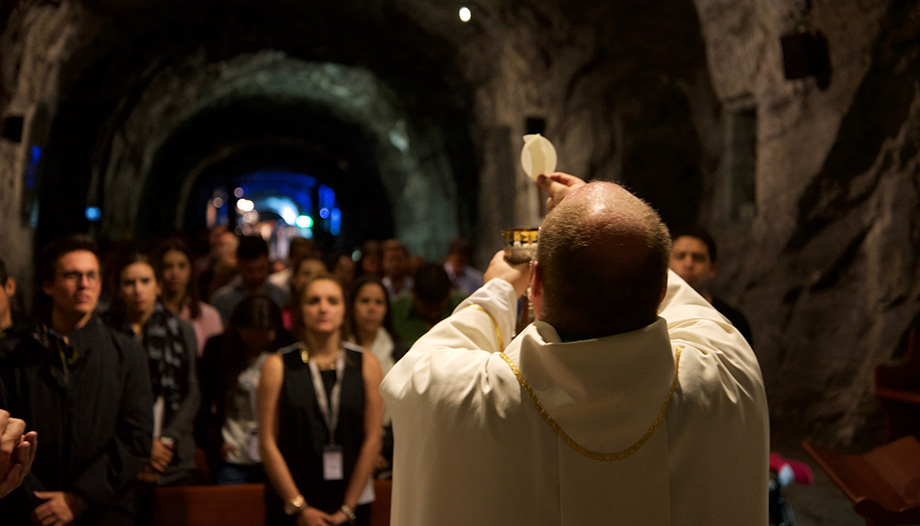






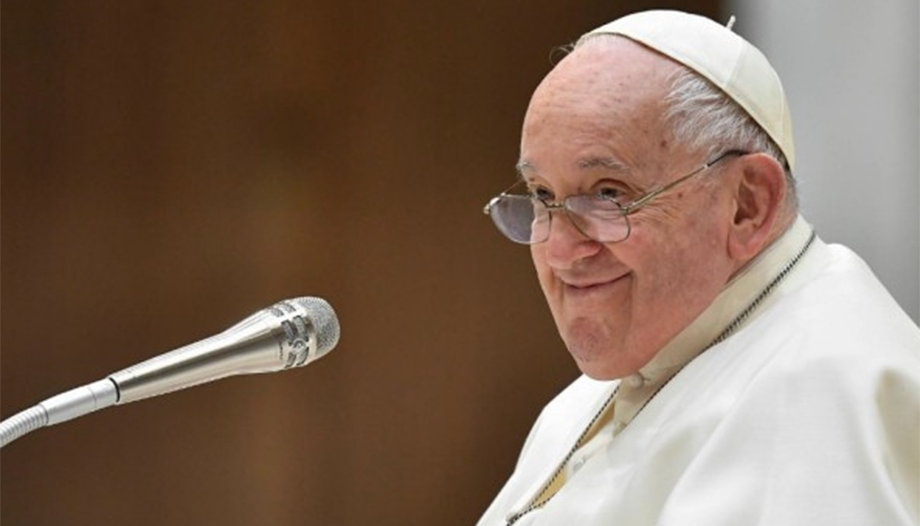


 Lent is "time of conversion" and "of freedom", says Pope
Lent is "time of conversion" and "of freedom", says Pope